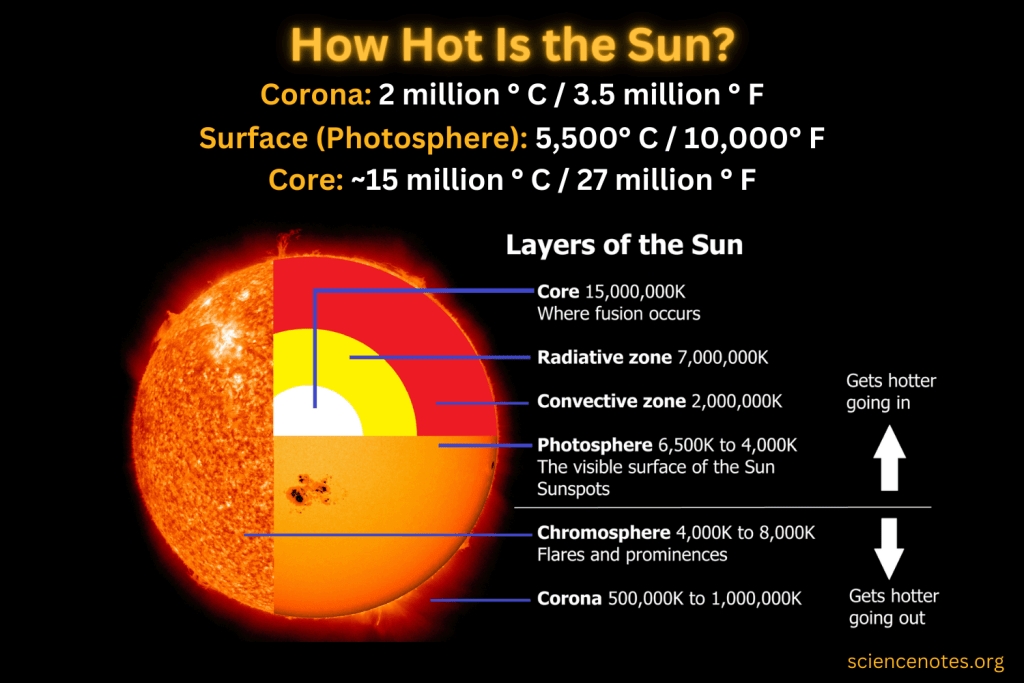
By the way, in 2012, scientists on the LHC were able to create the highest man-made temperature, at an astounding 5 trillion K – the temperature of the universe moments after the big bang.
5500C? i thought it’s not that much, chemistry can get you there
apparently not
thermite tops at some 2000C-something, and in any case can’t work above boiling point of aluminum (2470C)
only in few cases of adiabatic flame temperatures reach above 4000C, and all in oxygen. highest listed in wikipedia is oxygen/dicyanoacetylene at 4990C. maybe some wacky highly fluorinated oxidizer will allow for even higher temperatures. adiabatic detonation temperatures also top out at some 4500C even for the most energetic explosives
so really only practical way to get to 5500C is through use of electric arc
adiabatic detonation temperatures also top out at some 4500C even for the most energetic explosives
What if we pre-heat the room to 3000, then very quickly introduce the explosives and run away before detonation?
if there’s no room left after measurement, did it really happen?
Surely a laser would be way more practical
depends on what do you want to heat up. hint: at 5500C you need to handle plasma anyway
You’re only off by about 9 zeros.
We should at least have referred to the corona instead of the surface.
When it comes to the opposite, the coldest temperature in the known universe has actually been man-made (also in lab settings).
How do we know what the layers of the sun and earth are, and how hot they are? What methods were used to gain (or theorize) this information?
The sun is based on physics and observing nebula and super novas. We know how much the sun weighs based on it’s gravitational pull. We know what it’s currently burning given the frequency of the light it emits. We know what generation it is based on the elements in the planets. And we know the contents of other stars by the light they emit when they explode and collapse.
We know the layers of the earth because we can bounce sounds off the earth’s core to see how deep it is. We know roughly what it’s made of because we know how much the earth weighs and that the earth has a magnetosphere (you only get that with certain metals).
The methods used are generations of built up knowledge in physics and astrophysics.
You can, of course, just google these questions and get better answers than my summation
Loss and lots of science and math to model and simulate the sun in a variety of ways slowly weeding out the models that weren’t making experimentally validated predictions. I’m not sure how many astronomers are around, especially sun focused ones, on Lemmy to answer you more specifically about the history of sun science.
fascinating range
Stove (while being used): 200°C to 300°C when in use.
Core of the Earth: In general, temperatures range from about 4,400°C (7,952°F) to about 6,000°C (10,800°F)
Surface of the Sun: approximately 5,500°C (9,800°F)
Core of the Sun: The Sun’s core is where nuclear fusion occurs, converting hydrogen into helium. The temperature at the Sun’s core is an astonishing 27 million°C (15 million°F) It’s the hottest part of our solar system.
Random Examples:
- Lightning Bolt: A lightning bolt can reach temperatures of 30,000°C (54,000°F) during discharge.
- Lava Flow: Molten lava from a volcanic eruption can range from 700°C to 1,200°C (1,292°F to 2,192°F).
- Spacecraft Reentry: During reentry into Earth’s atmosphere, spacecraft experience temperatures of about 1,650°C (3,002°F).
- Boiling Water: Boiling water on your stove reaches 100°C (212°F) at sea level.
- Liquid Nitrogen: Liquid nitrogen, used in cryogenics, is extremely cold at around -196°C (-321°F).
- Absolute Zero: The theoretical lowest temperature, known as absolute zero, is -273.15°C (-459.67°F).
27million°C is only 15million°F???
They got the units mixed up but the numbers are right, based on OP’s graphic.
What do you cook at 300C in your stove ? That seems more a ‘burn everything’ temperature than ‘my meal is cooked’ temperature.
some cookies, pastry, etc. Small food objects usually require higher temps to cook better, while bigger ones like pizza are best cooked at a bit lower temps. Dont remember exactly why because I didnt like the subject lol
tbf, by earthly standards the surface of the sun is insanely hot
Yep. By human standards even the surface of a stove (in operation) is insanely hot.
Lightning gets there.
I’m partial to “hotter than the devil’s nutsack” personally.
Can’t use metric









